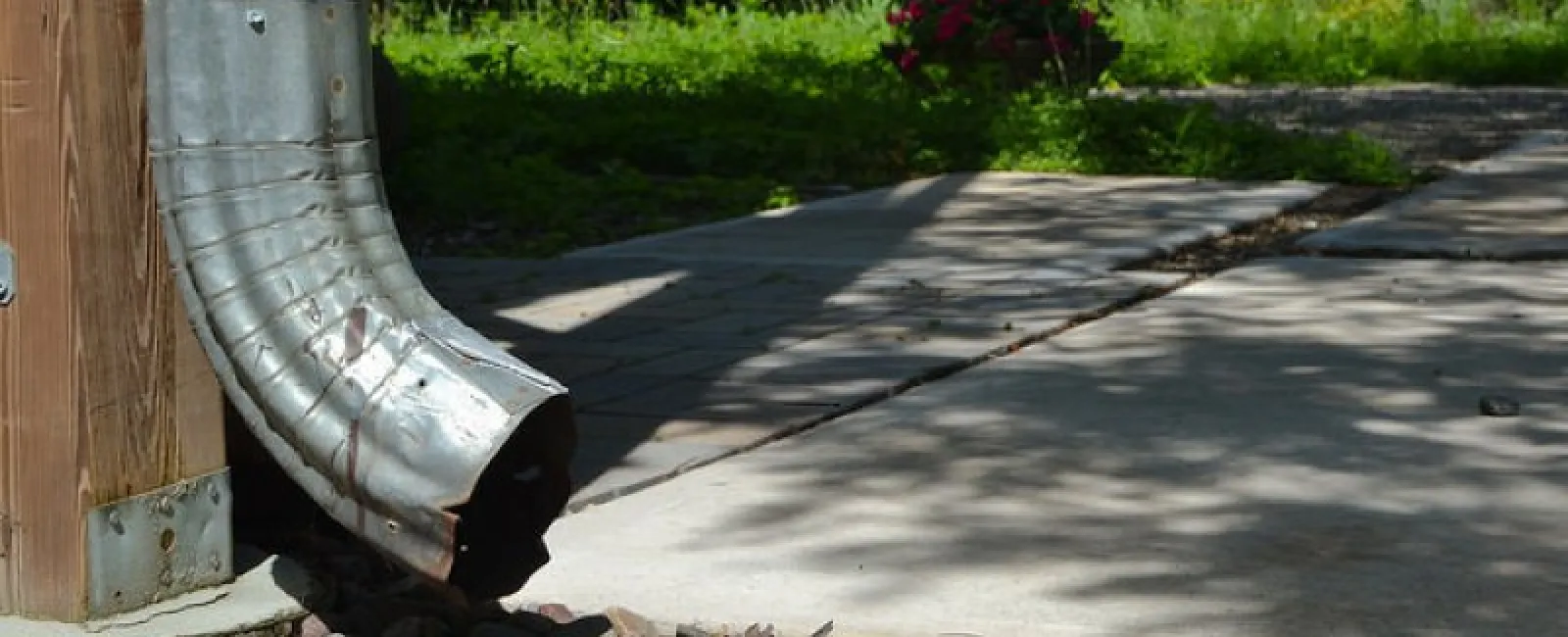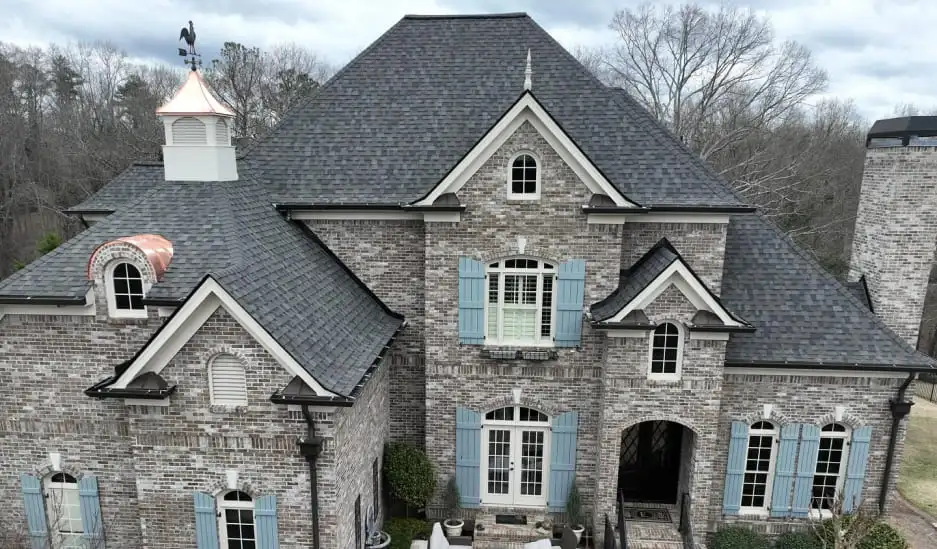Downspouts are those vital, vertical spouts attached to your gutter system. However, you shouldn’t just put a downspout wherever you feel like it – they need to be placed carefully to work. So just how many downspout installations does your home need? Let’s talk about it!
Brief review: Downspout options and gutters
The downspout is the portion of the gutter that drains water away to a safe place on the ground. They come in a variety of shapes (tubes, chains, etc.), but their goal is to prevent gutters from overflowing and give water somewhere to go. However, we can’t just put in a downspout wherever we feel like – gutters need to be able to drain water fast enough to avoid out-of-control leaking.
How many downspout installations should your gutters have?
If we have to sum it up in a single rule, gutters need a downspout around every 30 to 40 feet. For most homes, this means installing spouts at either end of a gutter section. But wait! There are many more important factors that can change this broad rule. They include:
- Roof area: The more roof surface above the gutters, the more rainwater will be caught and funneled down into those gutters. A large roof is going to move a lot of water, which means the downspout locations may need to be adjust to compensate.
- Roof slope: A high slope moves water more quickly, and if gutters have trouble dealing with a lot of water in a short period of time, an extra downspout can alleviate that issue.
- Gutter size: Gutters come in many sizes. Large gutters can hold more water and may not need as many spouts. Smaller gutters may need extra downspouts to make up for their low volume.
- Climate: Heavy rainstorms put a lot more pressure on gutters. Particularly wet climates could require better drainage systems than relatively dry climates (rainy weather also makes filters and leaf-catchers more important).
These factors are why it’s important to ask a professional roofing company like Findlay about gutter installation and proper downspout guidelines. Measuring the square feet of the roof, along with knowledge of local rainstorms, is invaluable when making decisions like these. Ultimately, changes to either your downspout or your gutters could help solve overflowing problems.
Sizing vs. placement
A final and important consideration. Downspouts tend to be around 2 to 3 inches in diameter, allow for various shapes. But they can come in far larger sizes. Instead of adding a new downspout, there’s often room to switch to a larger spout, which has the same effect. However, the gutter needs to be large enough to accommodate the spout, so measuring is still important!




